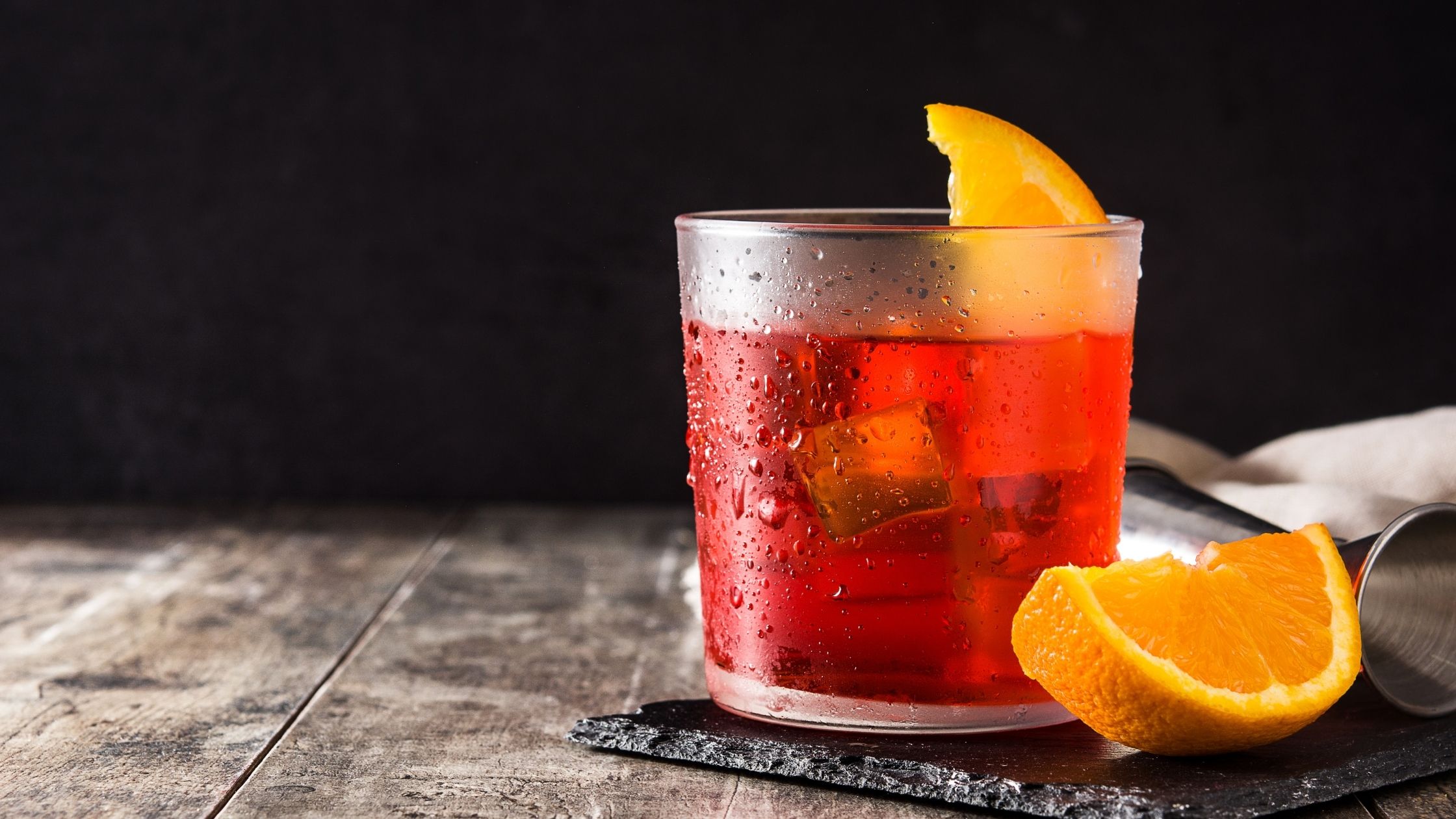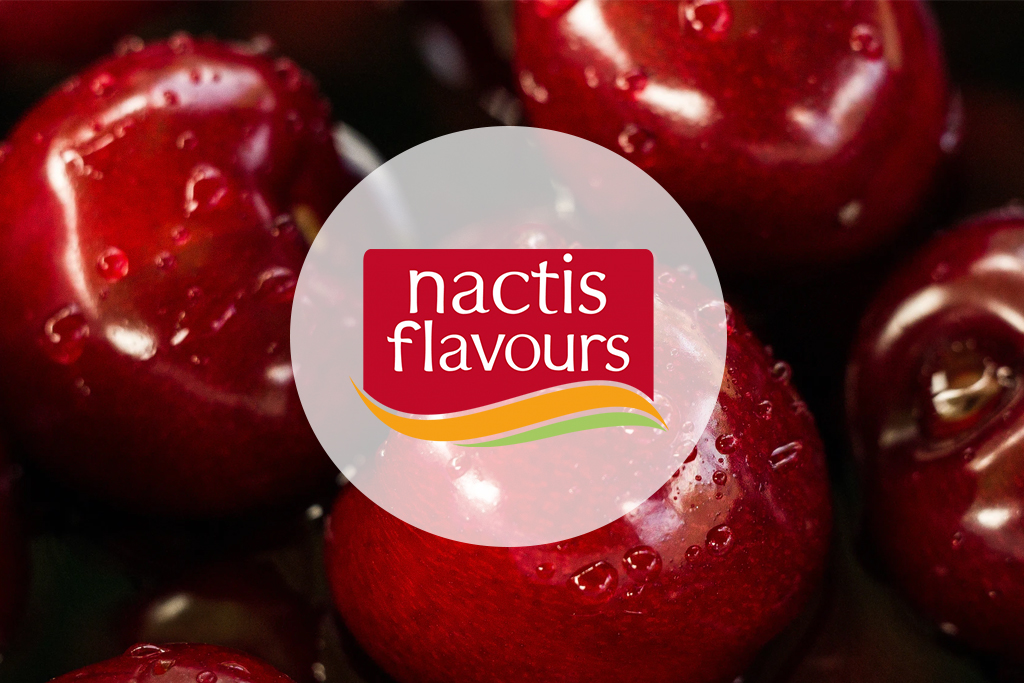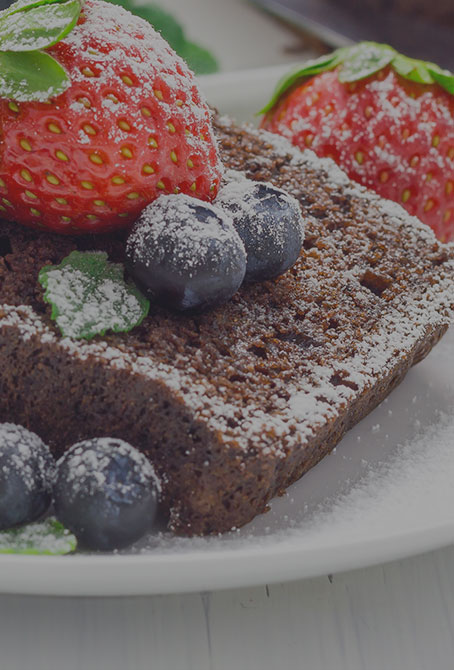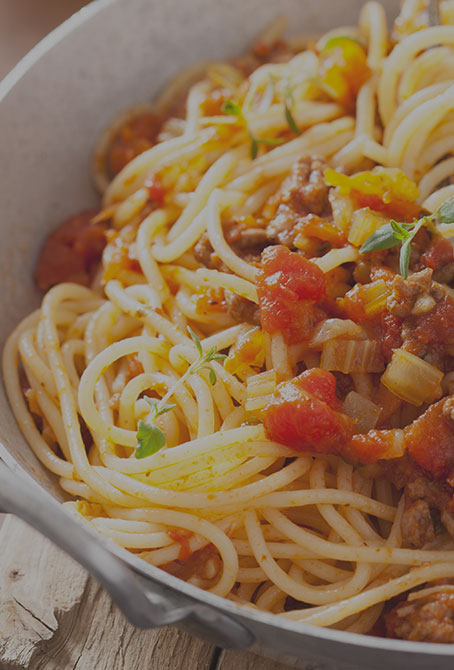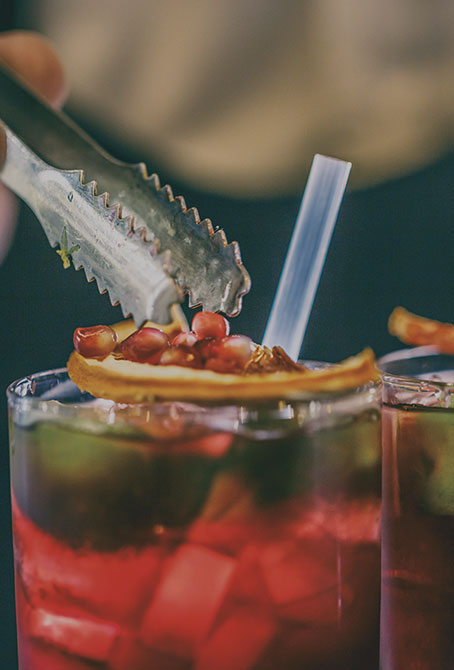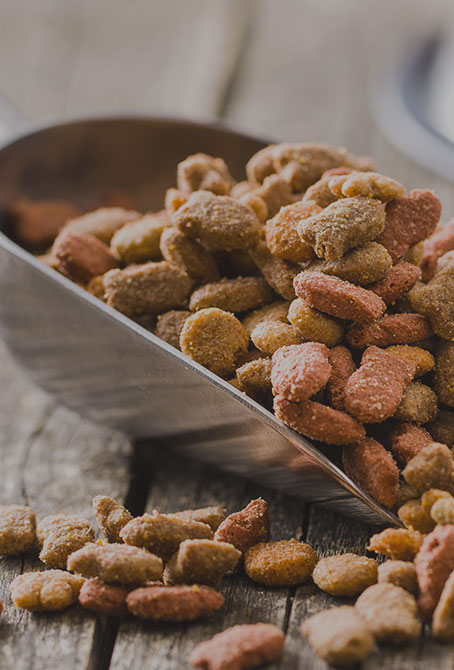As we prepare to celebrate Vermouth Day on March 21st, we wish to commemorate one of the most amazing cocktail ingredients and drinks of all times by embarking on a journey through its history, in order to discover the millennial “partnership in taste” of wine, herbs and spices. The best way to prepare for this journey? Sit down, make yourself comfortable, order a Manhattan or a Martini Cocktail, and enjoy the complexity of the amazing bouquet that Vermouth adds to your drink. And here we go.
Since the dawn of civilization, humans have used herbs and spices both for their health benefits and for their flavouring and taste properties: renowned for a variety of applications, including religious and burial rituals but especially medicinal uses, spices and other plant ingredients have a long history of use, from ancient China (where fortified wine with herbs and roots was produced as early as the XIIIth century B.C.), through Mesopotamia, Egypt, ancient India, through Greek and Roman civilizations.
As the civilization progressed, the use of botanicals became more established, particularly in ancient medicine. There are traces of cardamom infused wine in ancient Greece, but the first population to play a pivotal role in herbs- and spice infused wines were ancient Romans, where wine was hugely important particularly for banqueting occasions. Products like vinum rosatum (white wine with honey and rose petals), or wine with rose petals and black pepper, the Ippocras (red wine with amber, pepper, almonds, musk, plums, ginger, cinnamon, cloves) or the Granum Paradisi (wine infused with cloves, honey, ginger and cinnamon) are just a few examples of the amazing variety of spiced wines that were used in Roman times.
In the Middle Ages, herbs and spices were valued particularly for their medical properties. They were often grown in monasteries, and European apothecaries used plenty of local, middle eastern and Asian spices infused in fortified wine for health remedies. This is the tradition that eventually led to the creation of Vermouth: the historical “father” of this drink is merchant Antonio Benedetto Carpano, who introduced the first version of it back in 1786 in Turin, Piedmont (Italy). His recipe was based on the famous sweet white wine Moscato d’Asti, which he infused with as many as 30 different herbs and spices. All of a sudden, Vermouth became a popular aperitif at the royal court in Turin, thanks to its aperient (or appetite stimulating) properties.
But why is it called Vermouth? The most likely origin of the name is the French pronunciation of the German word “Wermut”, which means wormwood: this is one of the ingredients used in the formulation of Vermouth. The popularity of Vermouth grew so quickly, that it soon crossed the Alps and reached France with the dry version of Noilly. In the decades following Carpano’s commercial success, other Vermouth makers began production in Turin: Cinzano opened their facilities in 1816, and Martini & Rossi, the largest manufacturer of Vermouth nowadays, started their production in 1863. And of course, each of them – and of the other Vermouths produced all over the world – has their own recipe and blend of herbs, barks and spices.
There is something, though, that most people are not aware of: infusing your wine with herbs and spices is not enough to gain the “Vermouth” tag. There are specific rules that a beverage must meet to be labelled as “Vermouth”, at least for the Italian legislation: the ABV content, for instance, has to be between 16% and 22%. Anything below 16% ABV cannot be called “Vermouth”, and is just flavoured wine. Moreover, three quarters of the beverage has to be white wine with added sugar, at least 14% on the total volume. Last but not least, the botanicals bouquet must contain extracts from the Artemisia genum – wormwood is just one of them.
Do you think Vermouth is for old consumers and a bit out of fashion too? Well, in that case there is something you should know: Vermouth revolutionized its mixology when it entered heavy usage in the late 1880s, and Vermouth-heavy drinks of the era – such as prototypes of the Martini Cocktail and the Manhattan, which were made with twice as much Vermouth as gin or whiskey – earned the cocktail a new level of sophistication.
What Vermouth means for us
Almost fourty years’ experience in the extraction, distillation and blending of botanicals and spices sets AromataGroup at the forefront as a specialist manufacturer of natural extracts and distillates from aromatic plants and herbs. A long-established partnership and co-operation with growers worldwide are a guarantee of superior quality raw materials, that then undergo a hydroalcoholic extraction process that enables us to recover all the aromatic fractions and to be able to offer a full-body organoleptic profile for a multitude of alcoholic and non-alcoholic beverage applications.
Our collection of botanical extracts has a wide selection of natural liquid extracts from a multitude of aromatic plants, herbs and spices. Our team of Beverage technologists and sensory analysts are available to advise on the best blends for taste, stability, mixability and market preferences.
We wish to offer you and your consumers only the best taste of Nature, sip after sip.







